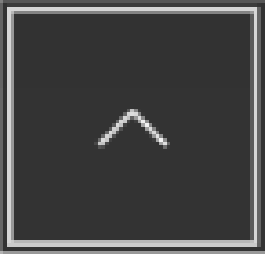Ⅱ-2 乳癌領域
リスク低減乳房切除術(RRM)検体をどのように病理検索するか,については現時点では積極的に勧めるべき方法はない。
RRM検体では,術前の画像検査において,がんを疑う病変が検索されない乳房においても,一定数のオカルト癌(偶発癌)が存在することが知られている。こういった,オカルト癌がその後の治療方針に影響を及ぼし得る可能性があることも報告されている。
非浸潤癌〔非浸潤性乳管癌(ductal carcinoma in situ:DCIS),非浸潤性小葉癌(lobular carcinoma in situ:LCIS)〕を含むと0.5~11.3%,浸潤癌は0~2.6%と報告されている1)~10)。
マンモグラフィのみのものから,身体所見・マンモグラフィ・超音波・MRIのすべてを行う研究まであり,ばらつきが多い。
検体マンモグラフィを行う報告が比較的少数ながらある。検体切り出しの厚みは記載のあるものでは4~5mmから10mmまでであった。サンプリングは,最も少ない研究で,各領域(A,B,C,D 区域)と乳頭部から各々1個ずつであり,最も多い研究では,10mm毎にすべてをサンプリングする,というものであった。また,経験のある病理医による肉眼的観察を行い,異常がみられた部位を追加サンプリングすることを明記した報告もあった。いずれにせよ,検索方法についてのコンセンサスはない。
日本乳癌学会 将来検討委員会 HBOC診療ワーキンググループ規約委員会では,RRM標本の病理学的検索を奨励しており,サンプリング法として,「切除乳房の乳腺領域全域を5~10mm毎にスライスし,割面を検索したのち,所見のある部分があればその部分の標本を作製します。そのほか,A,B,C,D 区域(各区域1~4ブロック,できるだけ脂肪ではなく線維性組織から切り出します),及び乳頭・乳輪部(1~2ブロック)からサンプリングを行い,ブロックを作製します」と紹介している11)。
ただし,通常の乳癌に対する乳房全摘の際に,画像所見・肉眼所見のない部分をこのようにサンプリングして検索する施設は極めて稀であり,保険診療として行うことに懐疑的な意見もある。現状では,各施設で乳腺外科医と病理医との友好的な合意のもとに行うべきと考える。各施設で一定の方法を定め難い場合は,報告書に検索方法を記載する,切り出し図を添付する等すると良いかもしれない。
BRCA,breast neoplasms,risk reducting mastectomy,pathological examination,specimen handling,pathological reporting,cost,patient preference
